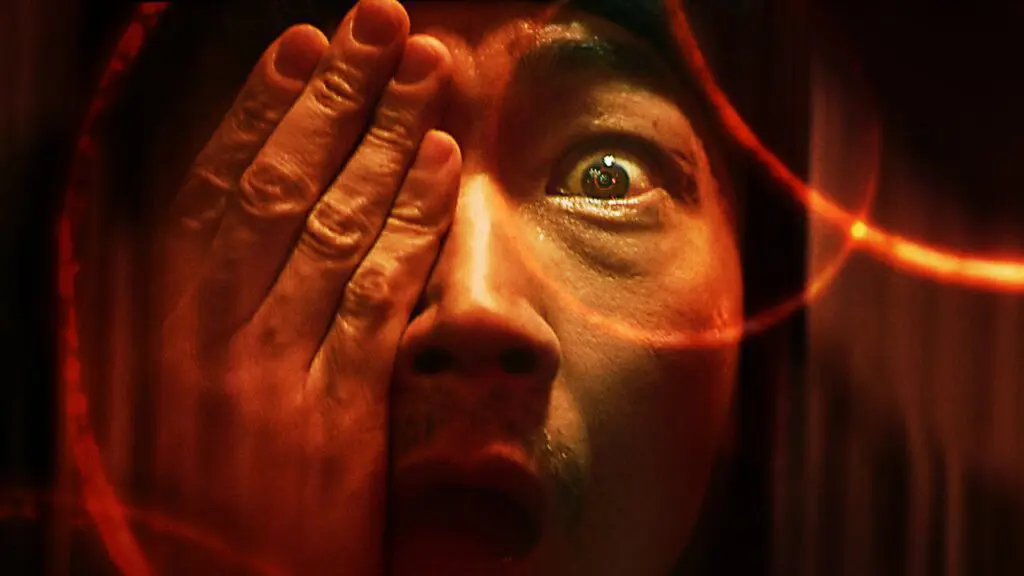This article contains major spoilers for the Homunculus ending.
Netflix’s adaptation of Hideo Yamamoto’s long-running manga series Homunculus is… weird, to say the least. It’s chock full of questionable decision-making, so-so visual effects, and deviations from its beloved source material, but it’s never quite able to make the human drama compelling. Nevertheless, there’s a lot going on here, so it’s worth picking over the details as one might comb through a crime scene, just to see if we can make sense of it all.
The tl;dr version of all this is that Susumu Nokoshi, a man we meet living out of his car for reasons that are unknown even to him, is rather easily persuaded to allow eccentric medical student Manabu Ito to drill a hole in his head. The point of this is that trepanation can ostensibly unlock a previously-closed “third eye”, blessing one — though perhaps that’s not the right word — with psychic powers and the ability to see peoples’ buried trauma as the enigmatic, monstrous homunculi of the title.
There’s a suggestion early on that Nokoshi wasn’t just down on his luck but fell pretty far from grace; he’s an amnesiac and spends much of the film trying to piece together his own story by unraveling those of others. These early sequences are when the film is by far the most excited to spend its FX budget, with Nokoshi playing the role of a spiritual healer for a Yakuza heavy and a schoolgirl (that latter one is extremely questionable, but this isn’t the place.)
Throughout all this, though, Nokoshi is drawn over and over again to a woman who he believes is his former girlfriend, who appears to him in a red outfit but without a face. Meanwhile, the film itself returns to the same ideas constantly, particularly the question of whether the homunculi Nokoshi sees are real or products of his own imagination. This is left open to interpretation all throughout, but it scarcely matters, since it’s obvious that either way Nokoshi is driven somewhat insane by his ordeals (this is supposed to be clarified in the scene with the schoolgirl, where he confuses “helping” for a gross violation, but the scene isn’t executed anywhere close to well enough to make this point coherently.)
Eventually, Nokoshi discovers that the enigmatic faceless woman isn’t his former girlfriend, but the woman who killed her in a traffic accident — the accident, as it happens, that gave him his own head injury and caused his memory loss. It’s a path back to acceptance for Nokoshi, of himself, of his newfound abilities, and of the loss that his amnesia has protected him from. This openness also allows him to see Ito’s watery homunculi for the first time, his obsession with his “experiment” obviously deeply rooted in daddy issues. But while Nokoshi is “healed”, so to speak, by performing trepanation on himself to reopen his third eye — one of the best-shot scenes in the film — Ito is still left helplessly adrift, trying to mimic Nokoshi by drilling a hole through his own skull — Homunculus ends with him manically smiling with a hole in his own head, one eye stitched closed. Nokoshi had to cover one eye to “activate” his power, so the stitched eye means Ito is trapped looking through his third eye exclusively. I hope he likes what he sees, but I doubt it.



